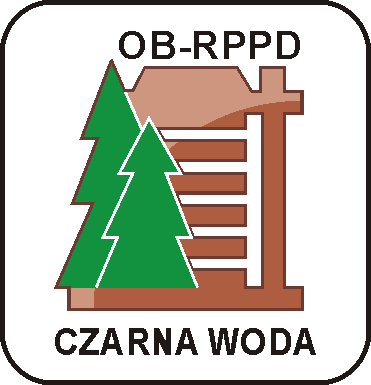
-
Biuletyn Informacyjny
Ośrodka Badawczo–Rozwojowego Przemysłu Płyt Drewnopochodnych w Czarnej Wodzie
The use of 3D printing technology and computer modeling in the design of sandwich board personalized fillings
Radosław Auriga, Piotr Borysiuk, Radosław Baran
- Abstract
- Full text
Application of computer modeling and 3D printing technology in the process of designing personalized fillings for sandwich boards offers new possibilities for the development of these materials through a fast and cheap evaluation of the fillings. As part of the research, an attempt was made to evaluate the usefulness of computer modeling to evaluate the patterns of fillings for sandwich boards produced in the 3D printing technology. Based on the conducted research, it was found that in the case of simple filling patterns produced in the 3D printing technology, computer simulation based on finite element analysis enable to obtain results similar to the values obtained empirically. However, along with the complexity of the tested filling patterns, an increase in discrepancy between the results of the computer simulation and the empirical values was observed.
The influence of the kind of the modified tool cutting surface on the life-time of WC-Co tools used in wood materials machining
Marek Barlak, Jacek Wilkowski, Zbigniew Werner, Bogdan Staszkiewicz, Jerzy Zagórski, Konrad Ziółkowski
- Abstract
- Full text
The paper presents the results of tool life-time tests of WC-Co indexable milling knives used in machining of wood materials, treated with electron pulses. The clearance surfaces and/or rake surfaces were modified. The life-time of the modified tools was longer than the life-time of the non-modified tools. The highest increase of the tool life was observed in the case of the modification of the clearance surface, and the smallest in the case of the modification of the clearance and the rake surfaces.
The influence of the CO2 ion implantation on the life-time of WC-Co tools used in wood materials machining
Marek Barlak, Jacek Wilkowski, Zbigniew Werner, Jerzy Zagórski, Bogdan Staszkiewicz, Filip Szkarłat
- Abstract
- Full text
The paper presents the results of tool life-time tests of CO2 implanted WC-Co indexable milling knives used in machining of wood materials, in the comparison to the non-modified knives and the knives classically modified with nitrogen implantation process. The clearance faces were modified. The life-time of CO 2 modified tools was longer than the life-time of the non-modified tools. However, it was shorter than the life-time of the tools implanted with nitrogen ions.
The application of bark particles as a filler for adhesives in plywood manufacturing - a review
Jakub Kawalerczyk, Joanna Siuda, Marcin Kulinski, Dorota Dziurka, Radosław Mirski
- Abstract
- Full text
A plywood is an example of wood-based materials having a wide application resulting from its good mechanical properties. There are many ongoing studies concerning the possibilities of improving plywood’s properties. In recent years there were many conducted research regarding the application of a great amount of bark from woodworking industry as a filler for adhesives in plywood manufacturing. Thus, the aim of the study was to summarize the worldwide research on the production of plywood glued with the resins having the grinded bark particles included in their compositions.




